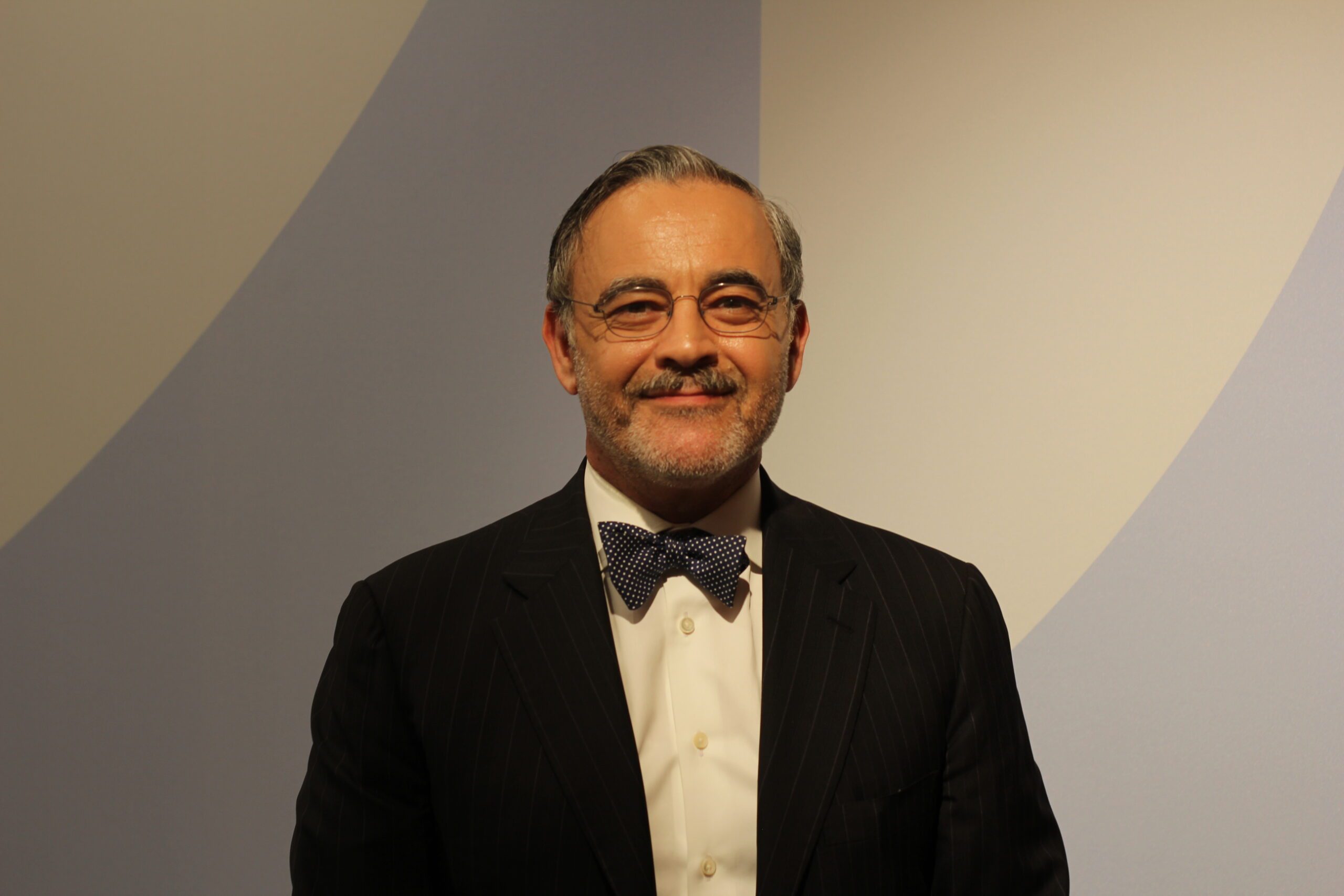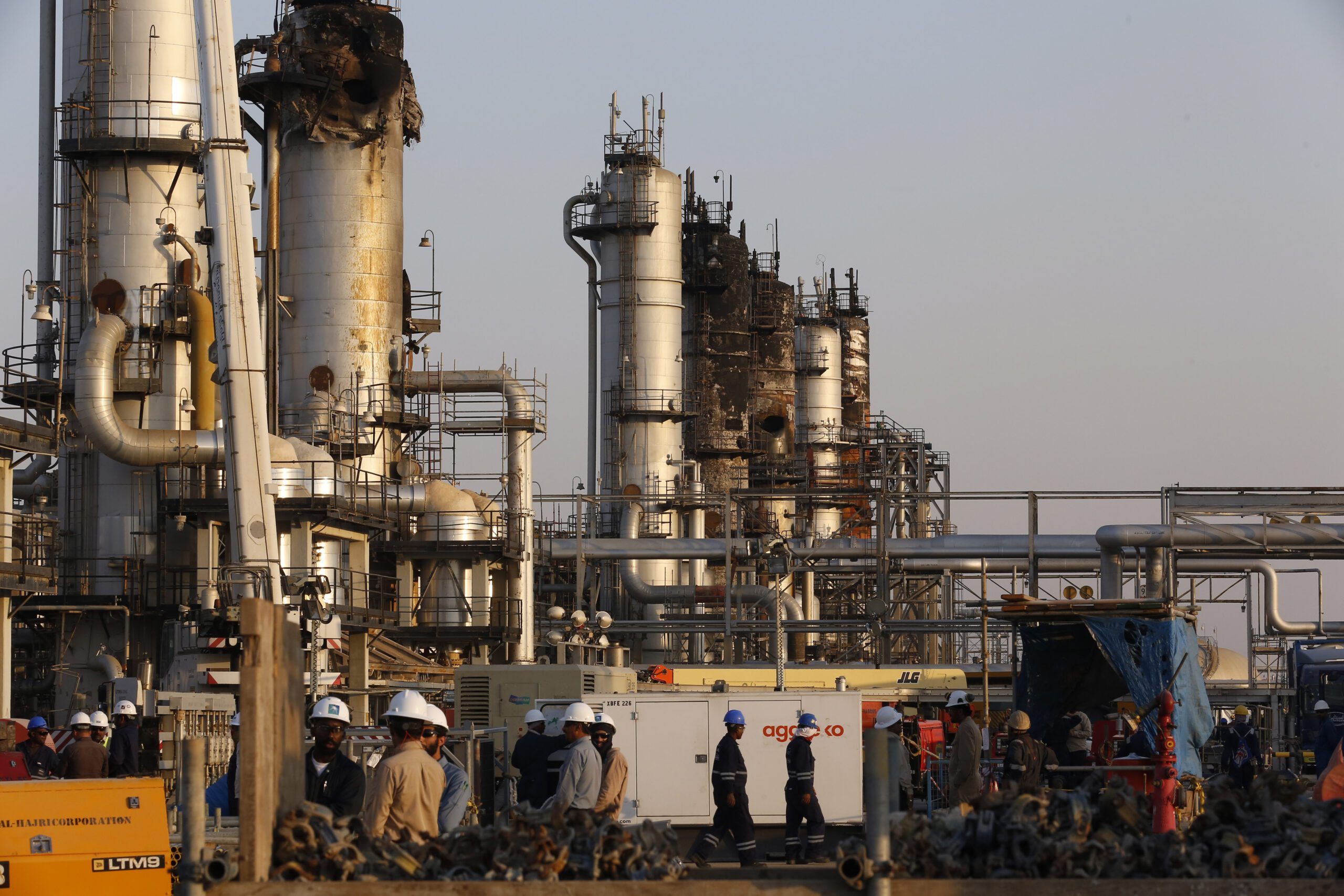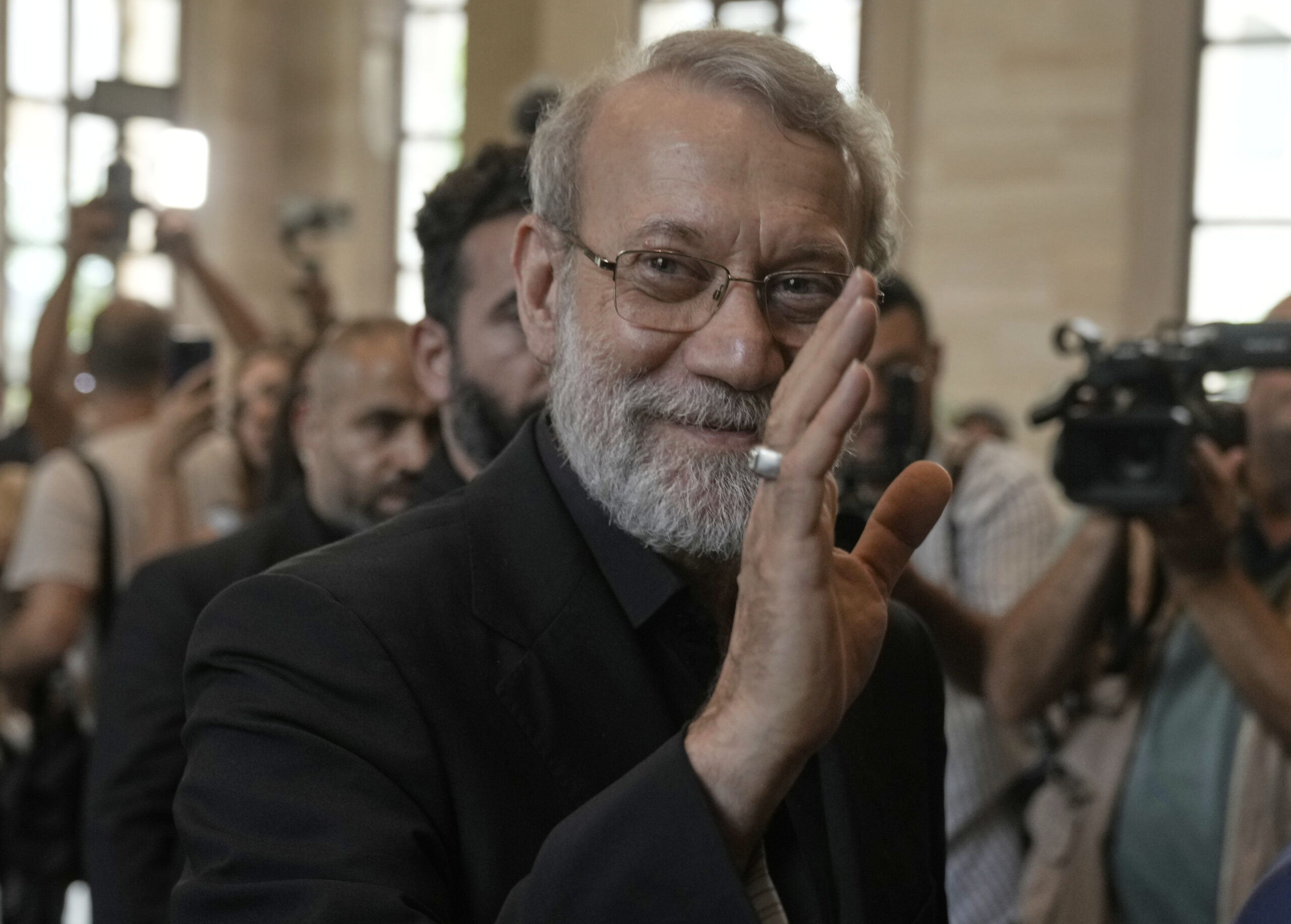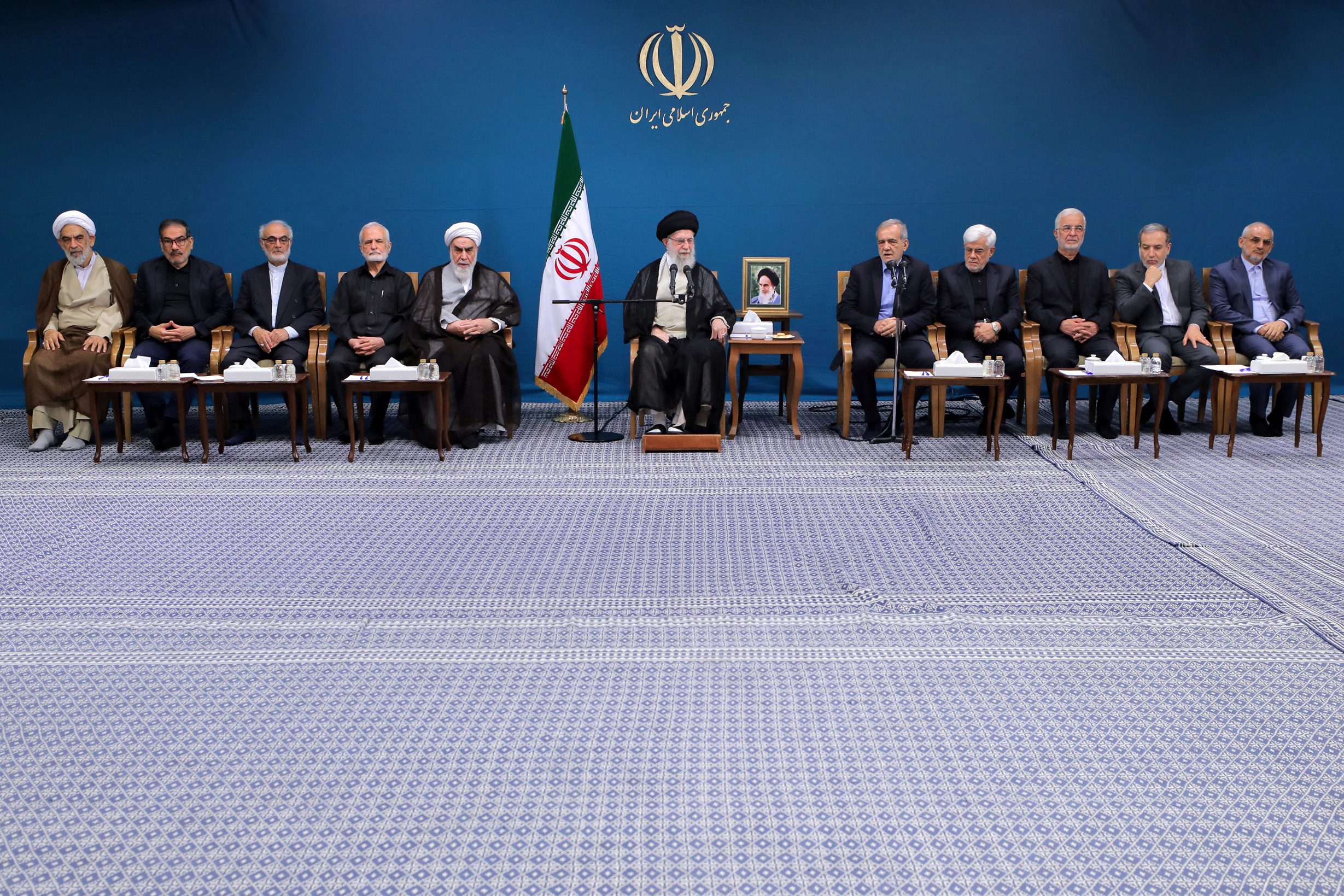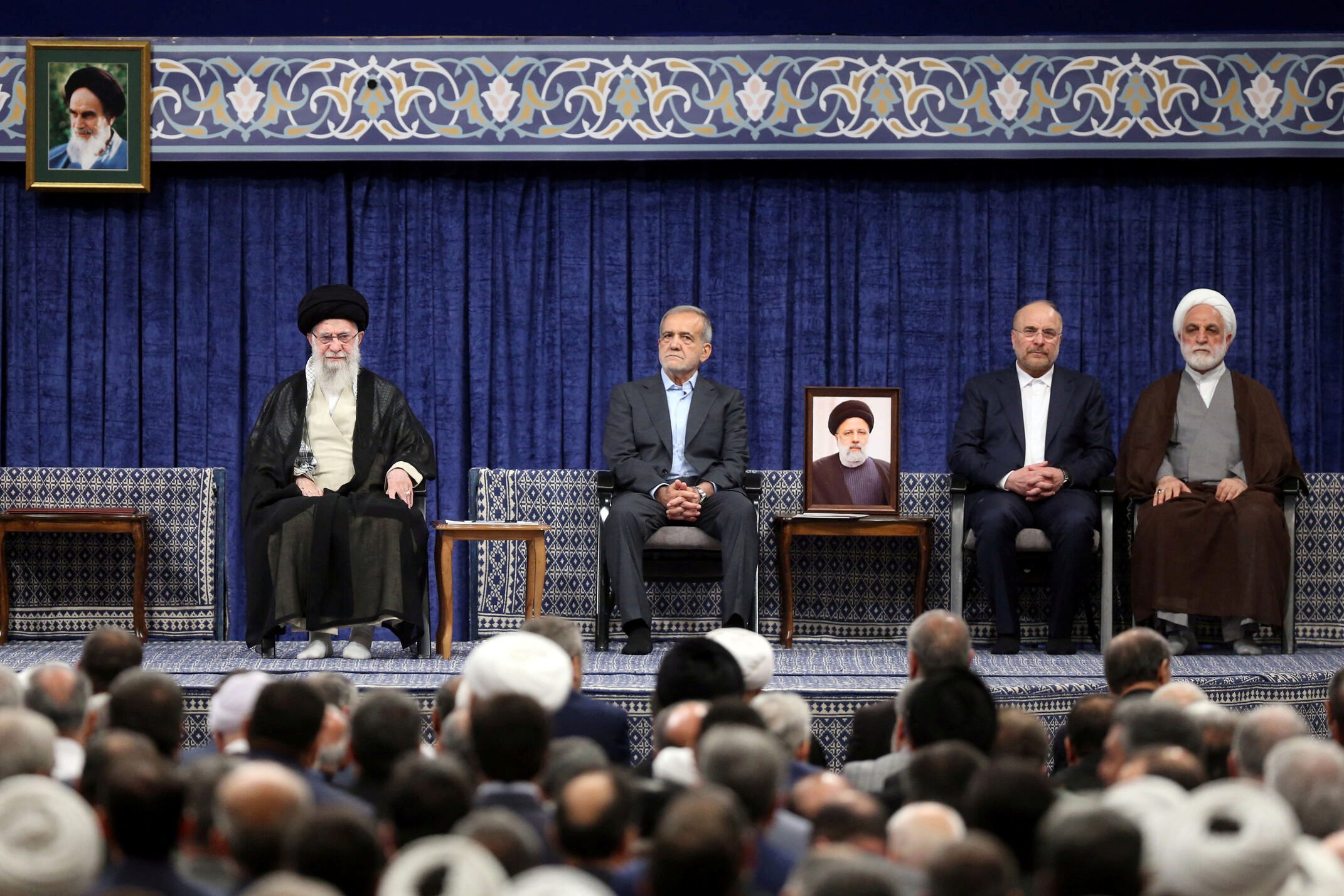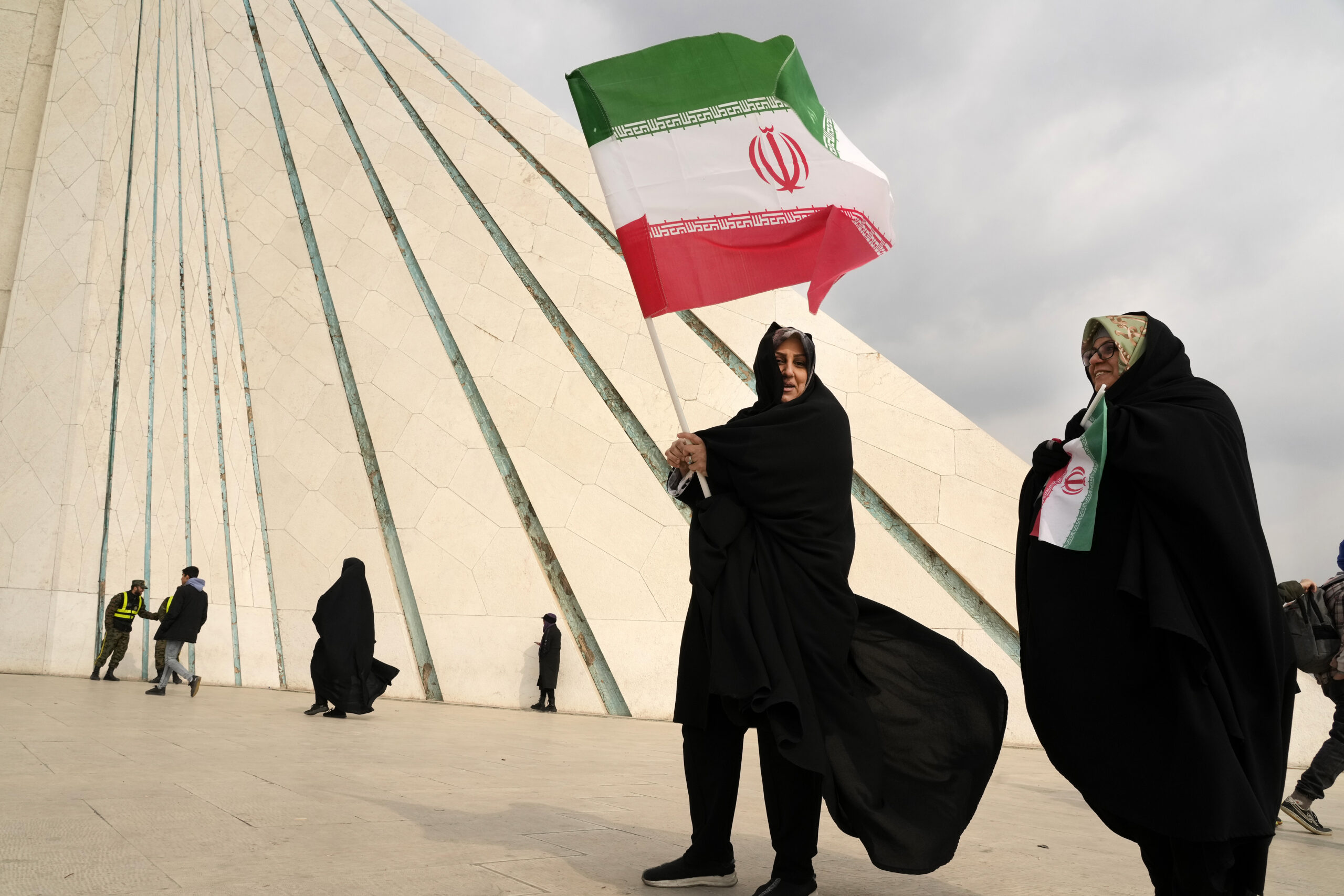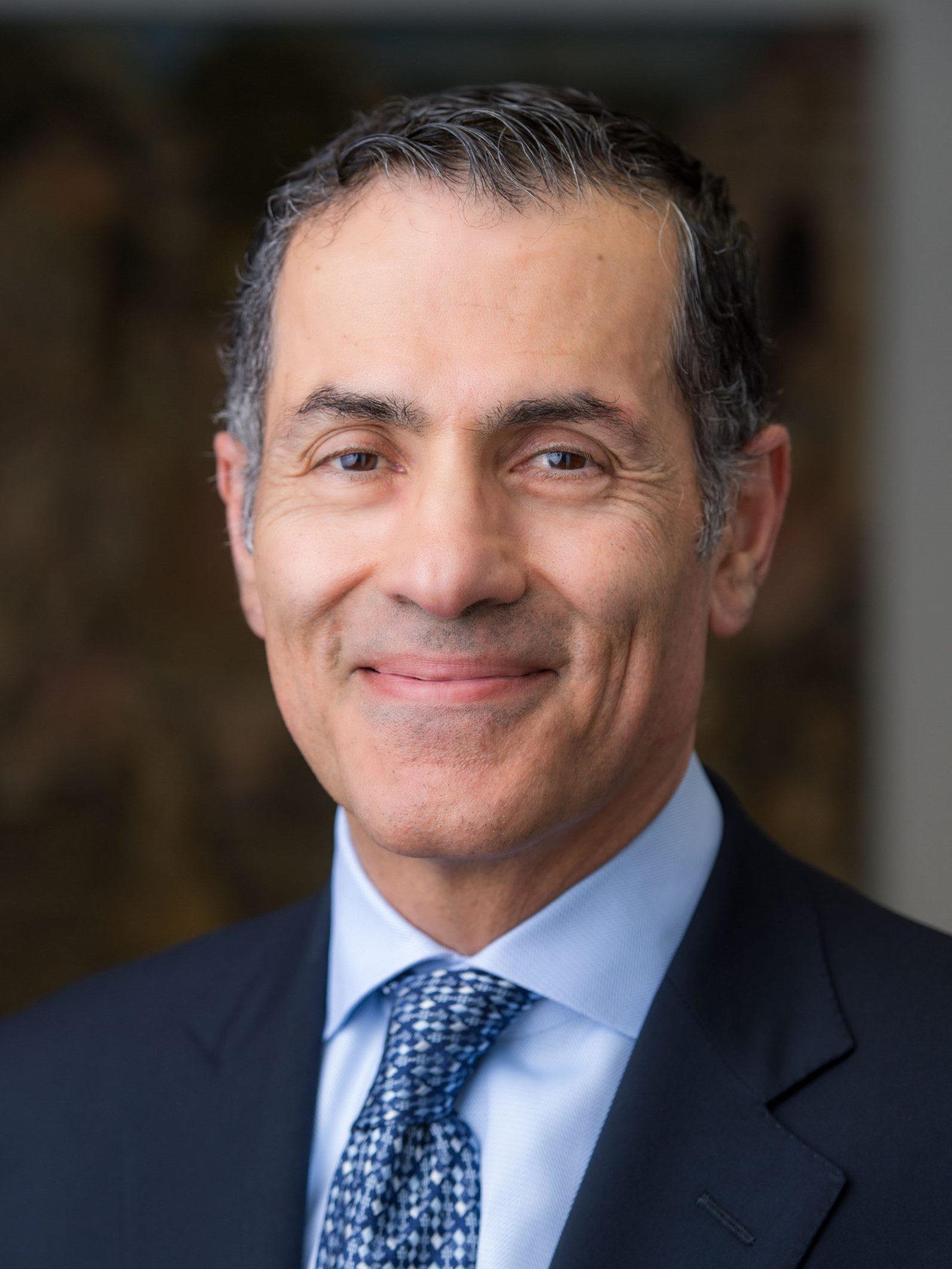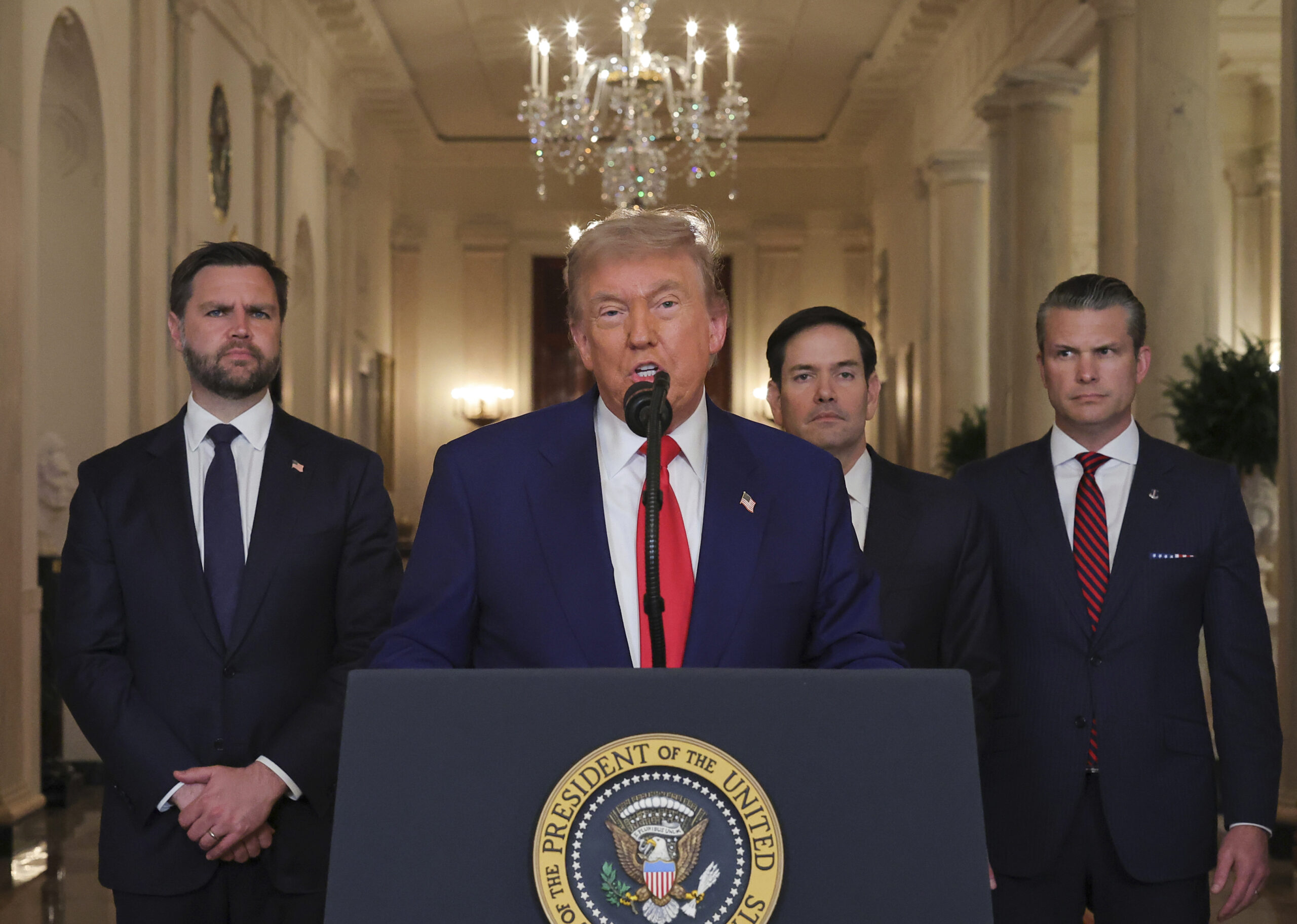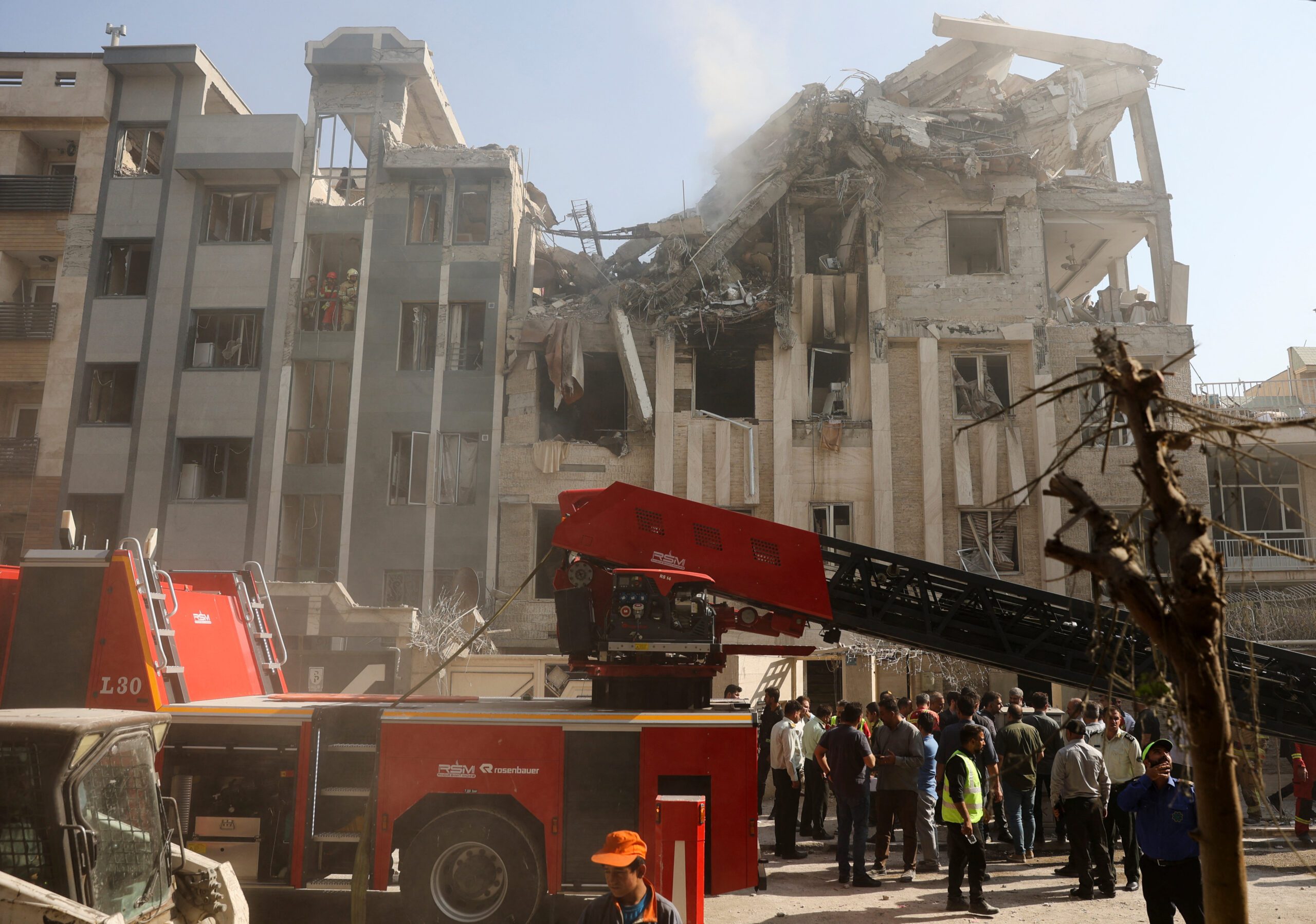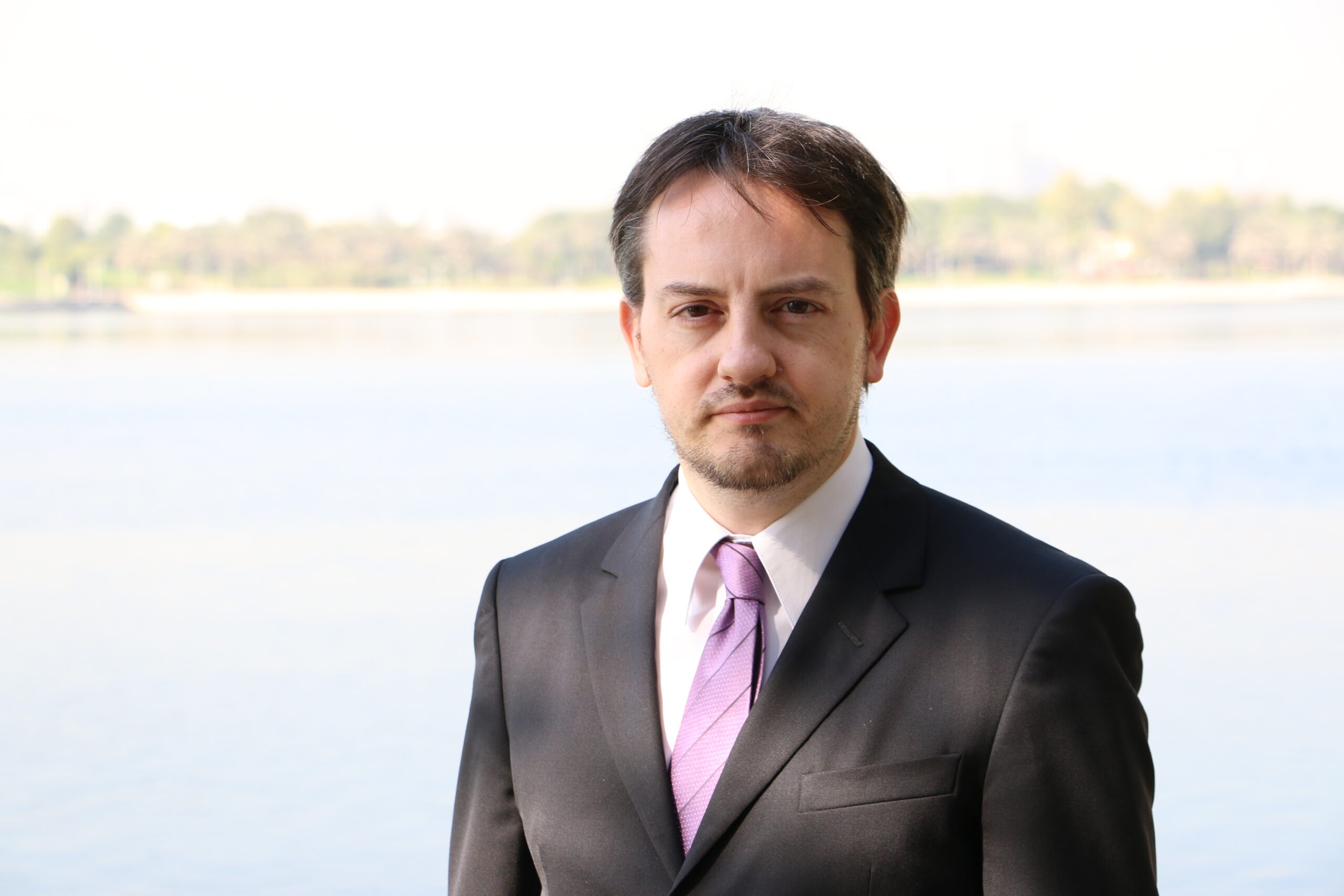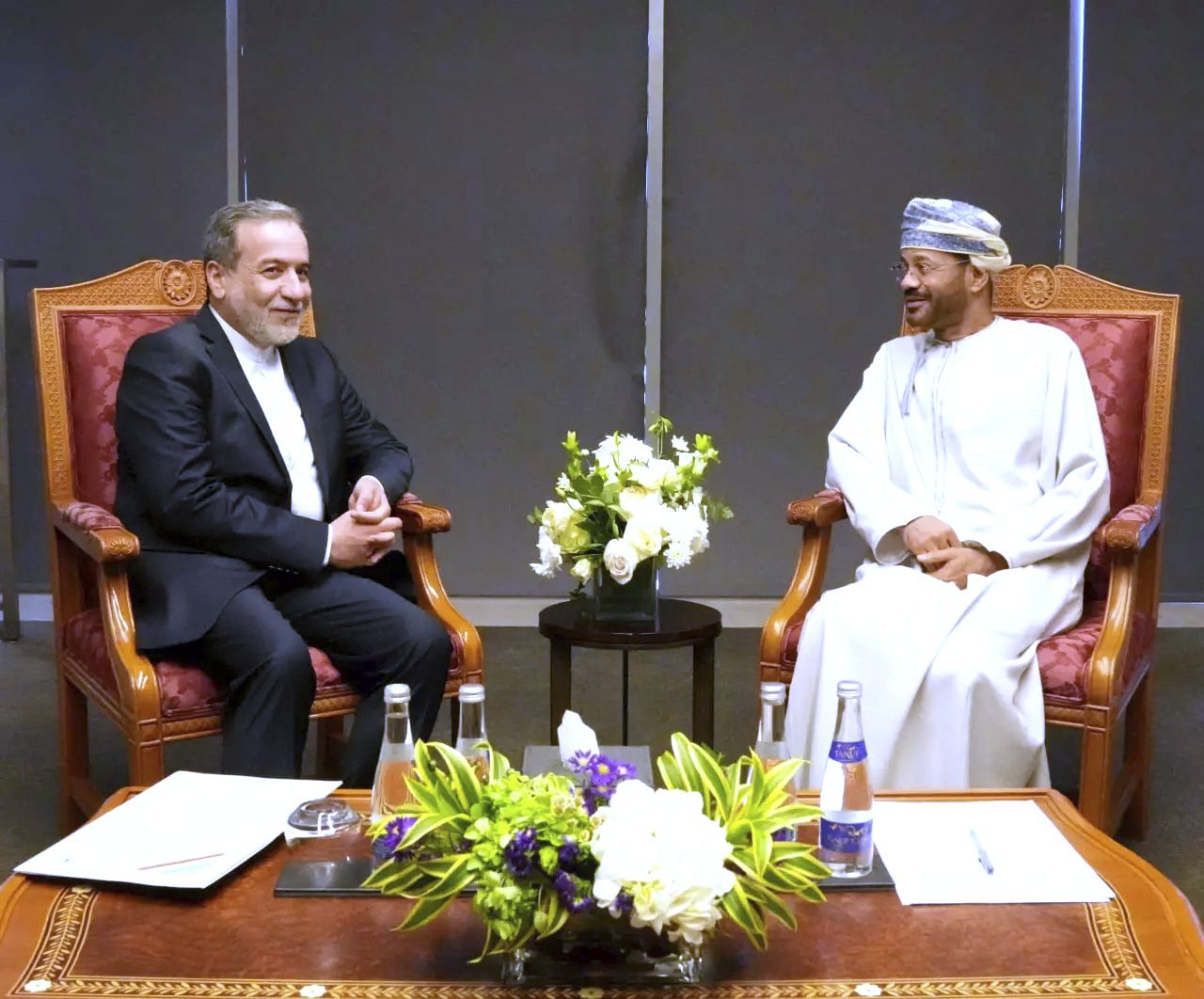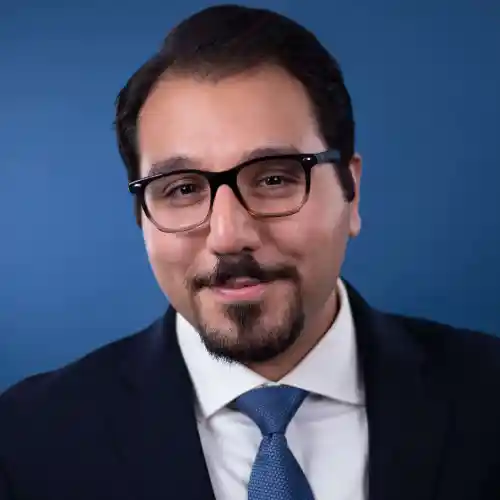Feb 2, 2024
Journal Article Discusses Saudi Arabia’s Nation Branding
The February 2 edition of the Iran Media Review examines Iranian commentary on Saudi Arabia’s efforts to change its international image.
Increasingly, Iran perceives its regional rival Saudi Arabia as an independent regional power pursuing its own national interests rather than a dependency of the United States. Iran’s Saudi watchers look at Riyadh’s ability to maneuver between the great powers with a mixture of envy and admiration and carefully follow the kingdom’s social transformation under Crown Prince Mohammed bin Salman. For example, Iranian analyst Ali-Akbar Assadi wrote a recent journal article on Saudi nation branding, pointing at challenges to the Saudi leadership’s attempts to change the kingdom’s international image.
- September 1, 2023: Assadi’s article “Nation Branding in Saudi Arabia: Capacities and New Policies” in Strategic Studies Quarterly, published by the Research Institute for Strategic Studies, an Iranian think tank, analyzed the kingdom’s rebranding efforts:
- “Nation branding began in Doha and Abu Dhabi, but Riyadh is also engaged in a considerable effort to improve Saudi Arabia’s international image … Traditionally, oil resources, religious identity, and decades of aid and relief activities constituted Saudi Arabia’s nation branding capacities … Under Crown Prince Mohammed bin Salman, this country is engaged in renewing its international image … In other words, the Saudis have gradually recognized that the traditional conservative and religious image of the state or the presentation of the country merely as an oil power is not helping them develop their soft power … The new image Saudi Arabia desires to project is one of a diversified economy, an open society, a centrist power with effective governance, and the like … An assessment of Saudi Arabia’s branding effort shows its image is improving, but the pace of change is slow, and the Saudi image is lagging behind that of Qatar and the United Arab Emirates, which to some extent may be due to the fact that those countries started their nation branding before Saudi Arabia.”
- Turning to challenges to Saudi Arabia’s nation branding effort, Assadi argued: “Oil remains the pillar of the Saudi economy, and more than anything else, this country is internationally known as a petro power … Social and cultural reforms and tourism have made considerable headway, leading to a gradual change in Saudi Arabia’s traditional image. However, widening cultural and societal cleavages and conflicts constitute important challenges to the Saudi leadership. In particular, ‘de-Wahhabization,’ especially when it comes to women, may bring serious reactions from religious and conservative segments of society … With regard to governance and policymaking, Saudi leaders’ attempts to change their image face bigger challenges … The dominant trend is one of increased authoritarianism and a narrowing of civil society.”
The views represented herein are the author's or speaker's own and do not necessarily reflect the views of AGSI, its staff, or its board of directors.
